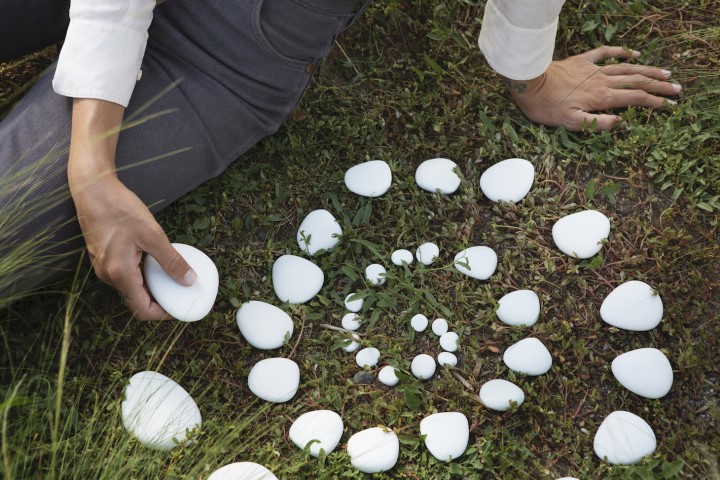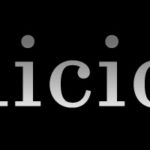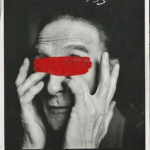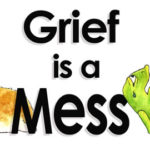
I am not into “cute” anything, so it follows that I have never been attracted to tacky funeral jewelry or most ideas about what to do with a loved one’s cremated ashes. However, the high-end art site Hyperallergic featured an article this week showcasing what can be done with cremains that I think deserves a read.
An Innovative Design Solution to the Messy Matter of Cremation
“Ashes were providing such a poor user experience,” said Justin Crowe, founder of Parting Stone, a company that turns cremated remains into solidified stone-like objects.
Ellie Duke January 28, 2020
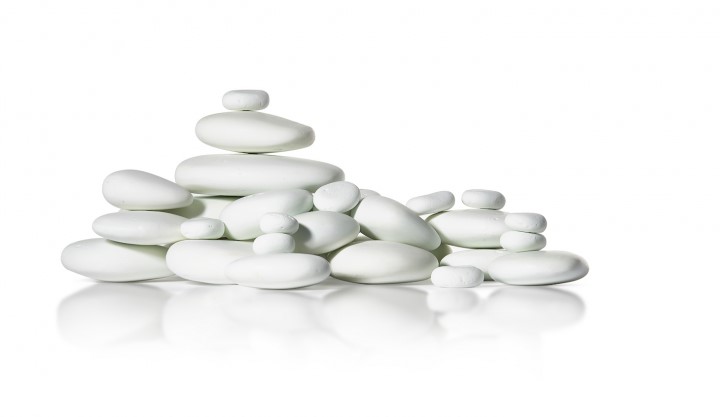
When Justin Crowe’s grandfather died in 2014, his funerary experience — which Crowe described as “sterilized,” “performed,” and “inauthentic” — sparked his interest in the death care industry. He heard of similar experiences when he asked other people about losing their loved ones: descriptions of disconnection and disappointment, particularly when it came to cremation. “People would talk passionately about the people who they lost, and then they would say they were keeping their remains in a closet or a garage,” Crowe told Hyperallergic. “The fact that people were keeping one of their most treasured possessions hidden away for decades was a major product design and user experience red flag.”
Crowe, who has a background in conceptual product design, went to work developing an alternative to cremated remains. For two years he was the managing editor for ConnectingDirectors.com, a funeral industry news website, and attended death care industry conferences. He got a grant to work with Los Alamos National Laboratory, and for six months they carried out hundreds of tests. Eventually they invented the technology at the heart of Parting Stone, the Santa Fe-based company that Crowe founded. Parting Stone transforms ashes into “solidified remains,” a collection of stone-like objects that use the entirety of the human or animal.
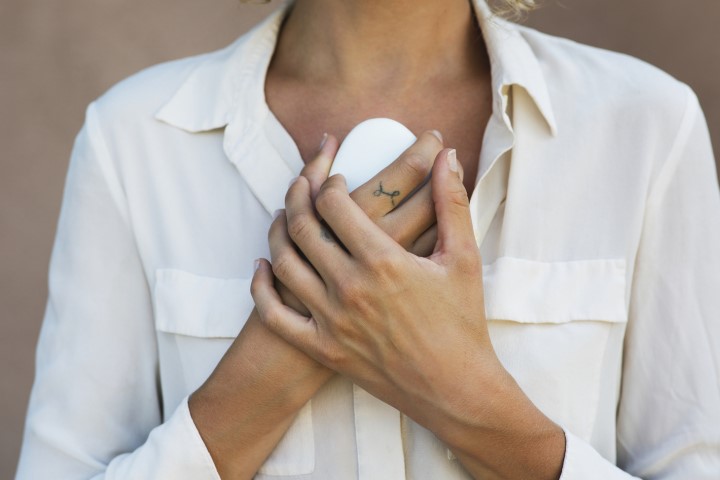
In 2017, cremation surpassed burial as the preferred form of disposition in the United States. Cremation rates have risen 25% in the last 20 years, and are expected to continue to increase in the coming decades, but there aren’t yet norms around ceremony or celebration of cremated remains. “Burial has had thousands of years to create rituals, and [cremation has] had 20 years,” said Crowe. “Really what this side of the industry needs is just some rituals. That’s what we’re hoping solidified remains is going to help resolve.” In addition to the portable and sharable stones, which offer a cleaner and more attractive alternative to cremation, Parting Stone creates containers, jewelry, and vessels to display the stones. The company officially launched in October, and almost 300 funeral home locations have contacted Parting Stone about offering solidified remains as an alternative to their clients. The staff of six will be moving into a larger space in February.
The stones themselves, which cohere due to a glass-like binder and extremely high temperatures, range from marble-to palm-sized. An average adult produces around 30 stones. About half the batches appear white, while the other half display wild color variations. Crowe and his team at the lab haven’t been able to identify any correlations, so far, about why some people’s stones come out in different colors.
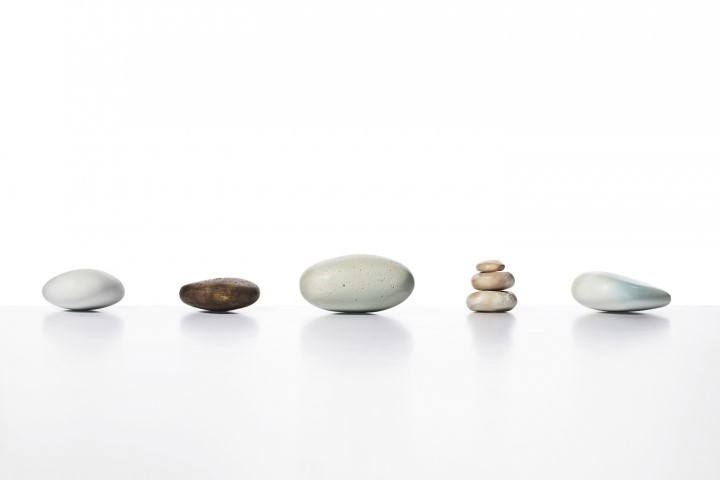
Crowe attended Alfred University’s renowned ceramics program and had a career as an artist and product designer before founding Parting Stone. He always enjoyed the sales aspect of making art, which is atypical of many artists. “Art school very much separated commerce and capitalism from creativity and concept,” he said. He sees his work now as a marriage of these two dimensions. “We don’t accept such poor user experience for any other part of modern life,” he said. “Solidified remains is a technology, but it’s also a design solution.”
